‘Smart Design’ boxes ward off the legionella threat
Chris Goggin of Rinnai looks at how smart design and control options can design out legionella proliferation
Legionella control and risk avoidance thereof are top of the list when designing heating and hot water systems.
The whole supply chain – manufacturers and distributors through contractors to end-users – need to plan and design systems to eliminate the risk of Legionella. It is one area where avoidance and prevention are the only sensible action to take to avoid problems further down the road.
Our modern lifestyle demands that hot water is available on tap at any time, day or night. So how can installers and designers reduce the fear of Legionella breaking out – and give peace of mind to customers and end-users?
Quite simple – limit the volume of storage on your hot water system.
A glance through the Health & Safety Executive ‘Approved Code of Practice’ highlights the vast amount of detailed maintenance needed to keep a stored hot water system Legionella free; the level of work involved is time consuming, expensive and must be adhered to religiously.
According to the HSE stored hot water systems present an enhanced risk for the proliferation of Legionella, especially at the base of calorifiers where the incoming water merges with the existing hot water.
Legionella bacteria multiply where temperatures are between 20-45°C. Water at the base of the calorifier is liable to collect sedimented organic and mineral deposits, which support bacterial growth, including Legionella, which is then distributed throughout the system.
To ensure total safety, therefore, the whole water contents of the calorifier, including at the base, must be heated to a temperature of 60˚C for one hour each day.
A lot of these problems are solved by choosing to install a continuous flow hot water heating system. With a gas-fired continuous flow system there is no cylinder to cause problems because the cold water enters the water heater directly from the mains and is immediately heated to advisory levels.
With Rinnai continuous flow units water temperature for distribution is accurate to ±1˚C. The fact that there is no stratification as there is no storage ensures permanent even temperature. There is no requirement to heat a volume of water just to ensure the elimination of Legionella bacteria as the minimum temperature that a continuous flow unit achieves exceeds advisory levels.
However, when considering design parameters that incorporate secondary return systems pipework and dead legs can act as water storage. ACOP L8 (Legionella Guidance) highlights that (continuous forms of instantaneous) systems installed close to the point of use have a greatly reduced risk of legionella proliferation. Despite this in many instances commercial applications are designed around a secondary hot water return.
So, when the taps or shower heads stop running, after use, the pipework will be full of cooling water capable of breeding Legionella bacteria; therefore you do have stored water and appropriate safeguards must be put in place.
So, what is a smart design consideration to eliminate any risk of Legionella bacteria multiplying in a hot water system without keeping water circulating constantly at 60 degrees? The technology is available in the form of smart controls linked to the water heating system, inside which is a timer channel programme and a temperature controller. The timer will over-ride the temperature control for a short period and then revert back to safe levels. This combination allows for safe running of water at 42°C core temperature during the day and thermal shock the system at 60°C intermittently at times when the building is not in use. By the time the building opens again, core temperature is back down to 42°C for safe use.
Some parts of the hot water system, such as rarely used shower heads or terminal fittings, will require regular maintenance and frequent checks to ensure the hot water system is operating correctly.
It is a very simple technology that takes advantage of innate high-tech controls within the water heater, it eliminates risk from Legionella bacteria and is ideal for use in care homes, hospitals and sports clubs – any large or small scale site.




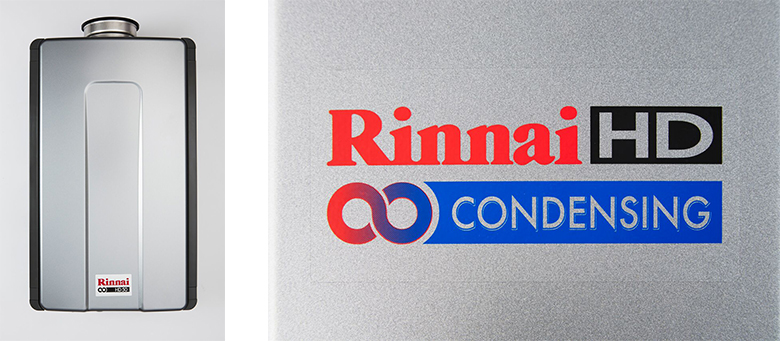
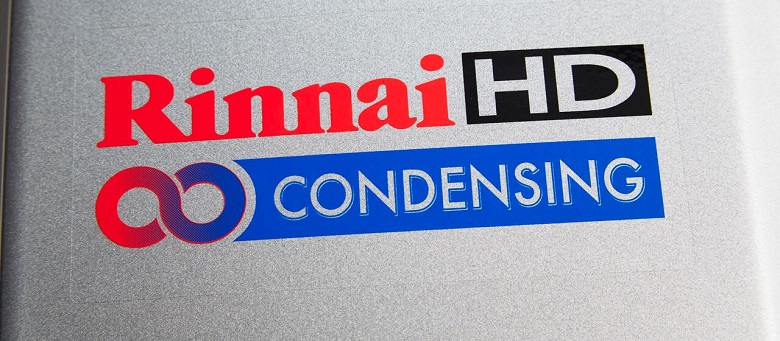



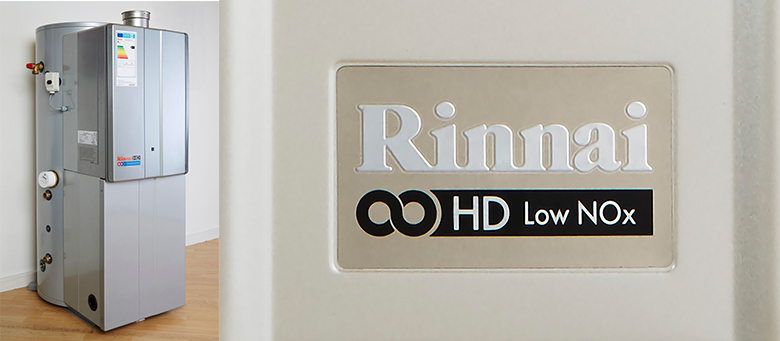
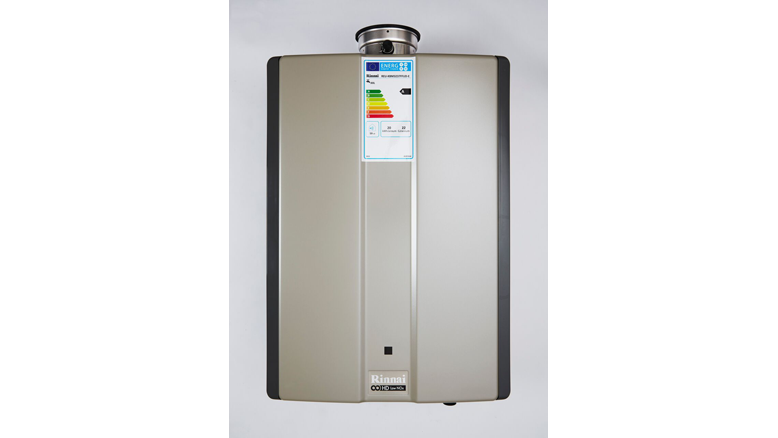
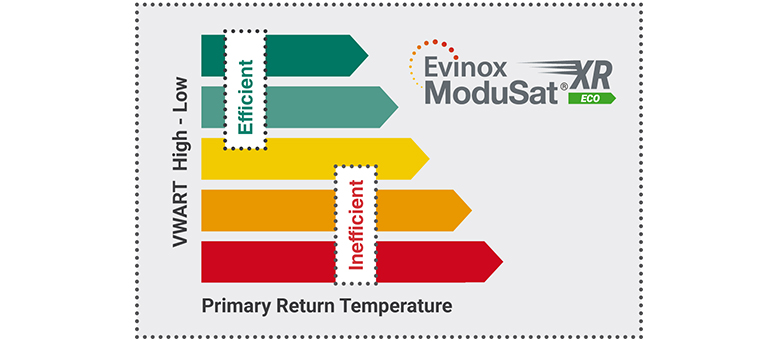



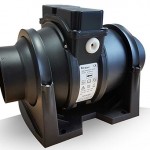

Leave a Reply
Want to join the discussion?Feel free to contribute!